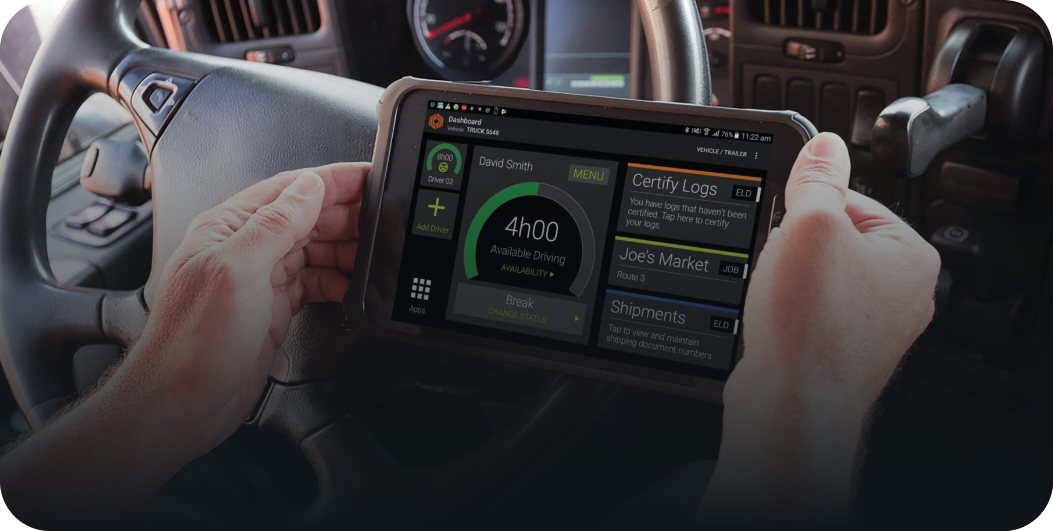Enhancing Fleet Safety with Telematics
In the fast-paced world of fleet management, ensuring the safety of both drivers and vehicles is paramount. With the increasing reliance on technology, telematics has emerged as a game-changer in enhancing fleet safety. By leveraging real-time data and advanced analytics, telematics systems provide fleet managers with invaluable insights into vehicle performance, driver behavior, and overall fleet operations. Here’s how telematics can revolutionize fleet safety:
Real-Time Monitoring and Alerts
Telematics systems enable fleet managers to monitor their vehicles in real-time. This means they can receive immediate alerts about critical issues such as harsh braking, speeding, or unauthorized vehicle use. By addressing these behaviors promptly, managers can significantly reduce the risk of accidents and ensure compliance with safety regulations.
Improved Driver Behavior
One of the key benefits of telematics is its ability to track and analyze driver behavior. By collecting data on driving patterns, telematics systems can identify risky behaviors such as aggressive driving, frequent lane changes, and excessive idling. Fleet managers can then use this data to provide targeted training and feedback to drivers, fostering safer driving habits and reducing the likelihood of accidents.
Predictive Maintenance
Regular maintenance is crucial for the safe operation of fleet vehicles. Telematics systems can monitor vehicle health and predict potential issues before they become serious problems. By scheduling timely maintenance based on real-time data, fleet managers can prevent breakdowns, reduce downtime, and ensure that vehicles are always in optimal condition.
Enhanced Route Planning
Efficient route planning not only improves operational efficiency but also enhances safety. Telematics systems can analyze traffic patterns, road conditions, and other factors to recommend the safest and most efficient routes. This reduces the time drivers spend on the road and minimizes their exposure to risky situations.
Incident Management
In the event of an accident, telematics systems provide valuable data that can help fleet managers understand the circumstances leading up to the incident. This information can be used to improve safety protocols, provide better training to drivers, and even assist in insurance claims. Additionally, some telematics systems offer emergency response features that can quickly dispatch assistance to the scene of an accident.
Compliance with Regulations
Fleet managers must ensure that their operations comply with various safety regulations. Telematics systems can simplify this process by automatically tracking and recording compliance-related data, such as hours of service, vehicle inspections, and driver logs. This not only ensures adherence to legal requirements but also helps avoid costly fines and penalties.
Enhanced Security
Telematics systems also contribute to the security of fleet vehicles. By providing real-time location tracking, these systems can help recover stolen vehicles more quickly. Additionally, geofencing features can alert managers if a vehicle enters or leaves a predefined area, further enhancing security measures.
Conclusion
Incorporating telematics into fleet management strategies offers numerous benefits for enhancing safety. By providing real-time monitoring, improving driver behavior, facilitating predictive maintenance, optimizing route planning, and ensuring regulatory compliance, telematics systems empower fleet managers to create a safer and more efficient fleet. As technology continues to evolve, the integration of telematics will undoubtedly play an increasingly vital role in the future of fleet safety.
Implementing telematics is not just about adopting new technology; it’s about fostering a culture of safety and efficiency that can lead to significant long-term benefits for both fleet managers and drivers. By leveraging the power of telematics, fleets can not only enhance safety but also improve overall performance and profitability.
